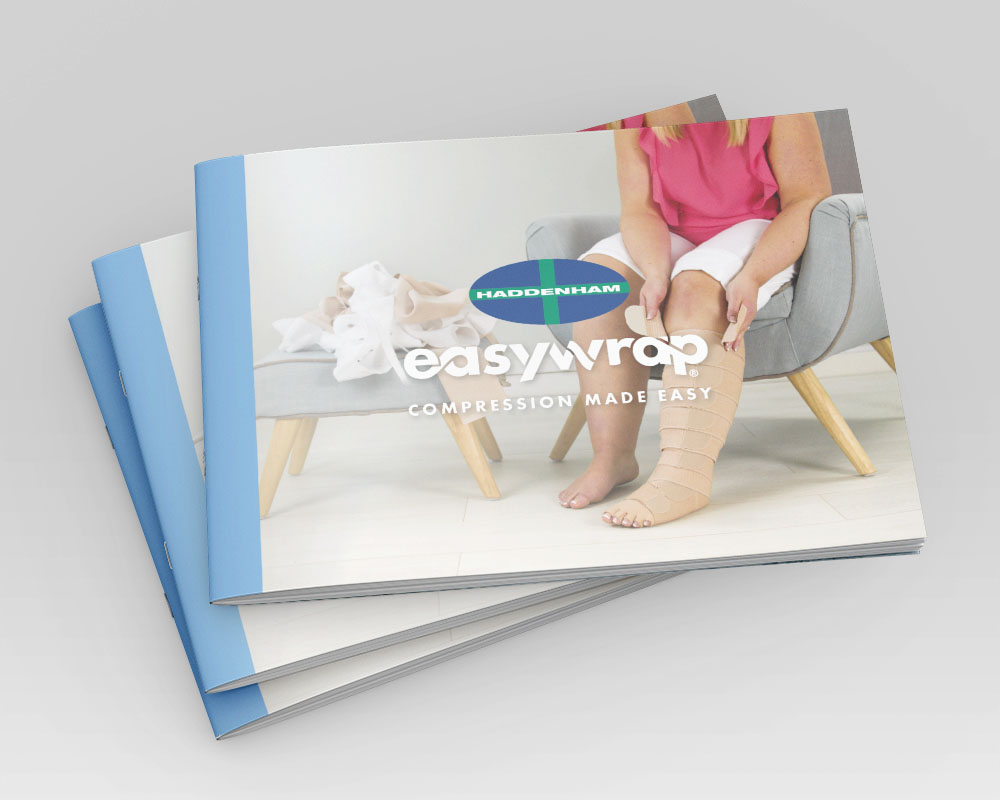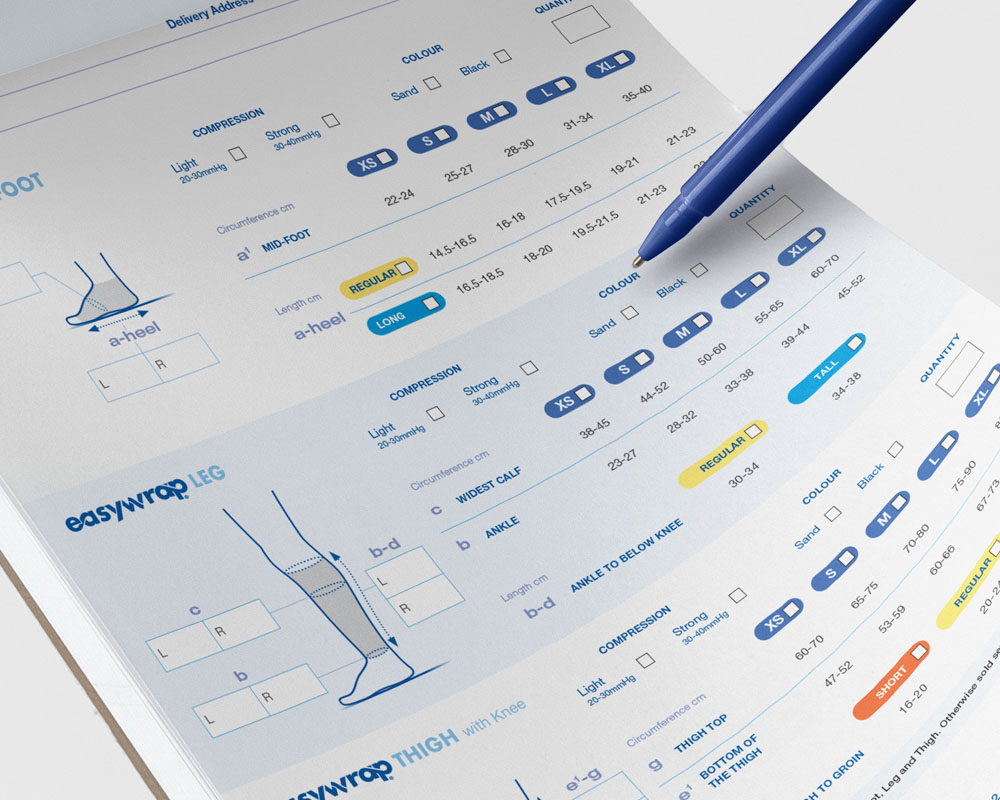Problem solving compression therapy
Haddenham Healthcare is a family-owned, UK-based medical device company with a global outlook. We specialize in compression therapy for lymphedema and related conditions, designing products that integrate seamlessly into patients’ daily lives.
We are busy developing an exiciting new website for healthcare professionals. In the meantime, for more information about our range of patient-friendly compression products such as easywrap®, Comfiwave® and Microfine®, see the links below.
www.lymph.store


